NASA calls it the most colorful image ever captured by the Hubble Space Telescope–and the most comprehensive. It has to be one of the most spectacular.
But the image–the remarkable payoff of a new survey called the Ultraviolet Coverage of the Hubble Ultra Deep Field–is more than merely beautiful. It may also help fill in some gaps in our understanding of how stars form.
The new Hubble image shows about 10,000 galaxies. It’s the result of the Ultraviolet Coverage of the Hubble Ultra Deep Field project.
Previous versions of the Hubble Ultra Deep Field captured wavelengths of light from visible and near-infrared as well as the far-ultraviolet (UV), Alan Boyle wrote on the NBC News website. But near-ultraviolet light wasn’t covered nearly as well.
When you add the UV light, you get quite a view.
And what a view it is! The new image, a false-color compilation of shots taken during the course of 841 orbits of Hubble between 2003 and 2012, contains roughly 10,000 galaxies in a vast variety of shapes and sizes.
“The galaxies show every possible shape and size, astronomer Phil Plait wrote on Slate. “Many are distorted, victims of collisions with other galaxies, their mutual gravity pulling them into weird shapes like taffy quadrillions of kilometers across. Many are very blue, showing active star formation, while others are exceedingly red, probably galaxies much farther away, their light taking far longer to reach us. Note that most of the very red galaxies are smaller dots, another indication of their tremendous distance.”
Named after astronomer Edwin Hubble, the Hubble Space Telescope is a venture of NASA and the European Space Agency. It was launched in 1990 and has been wowing us ever since.

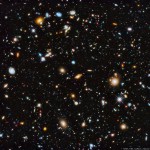


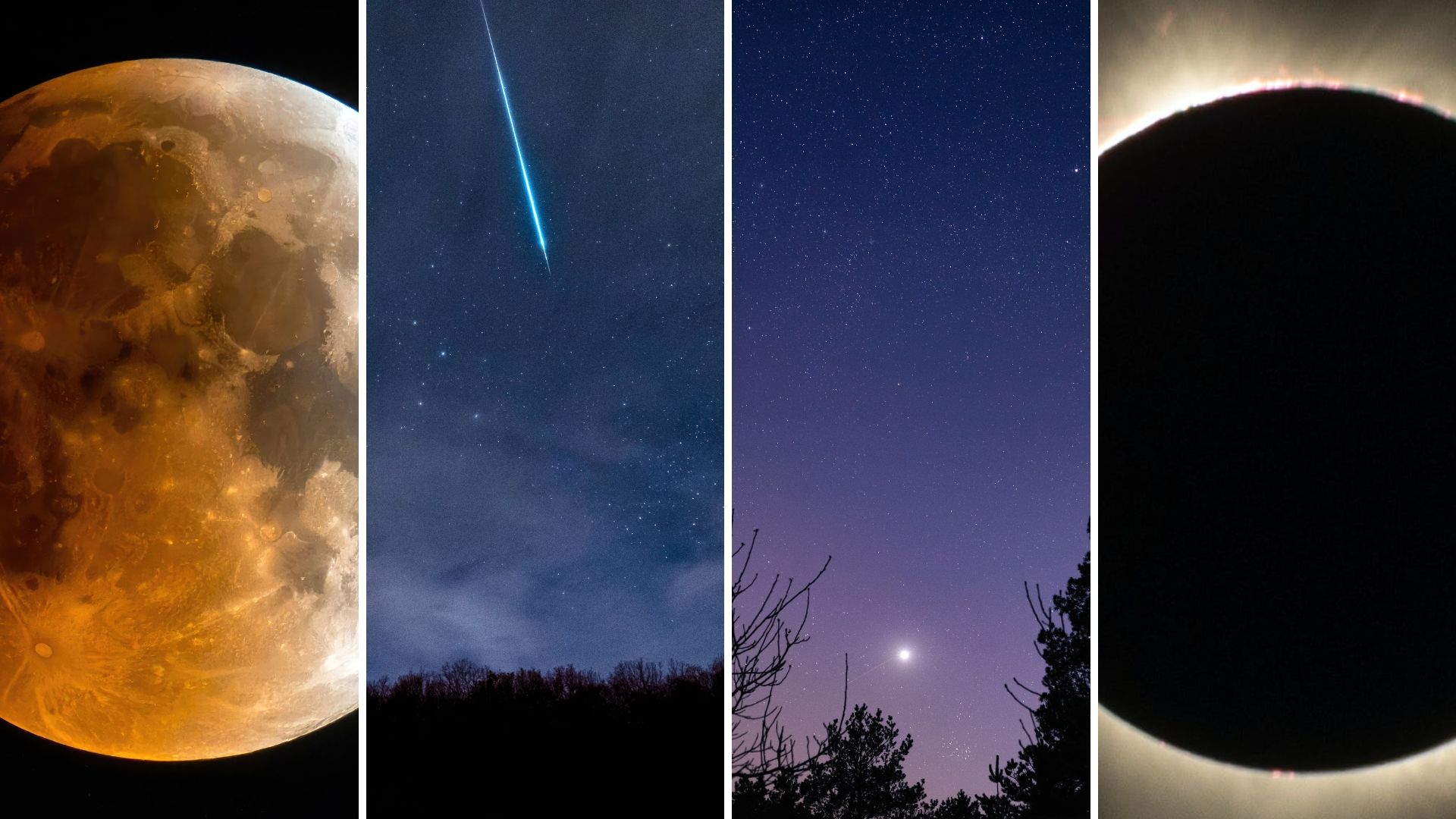
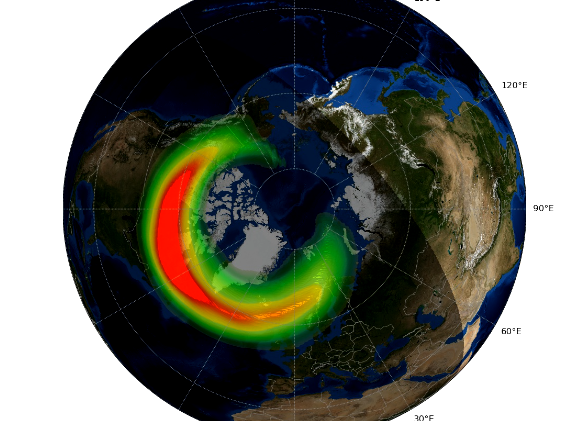
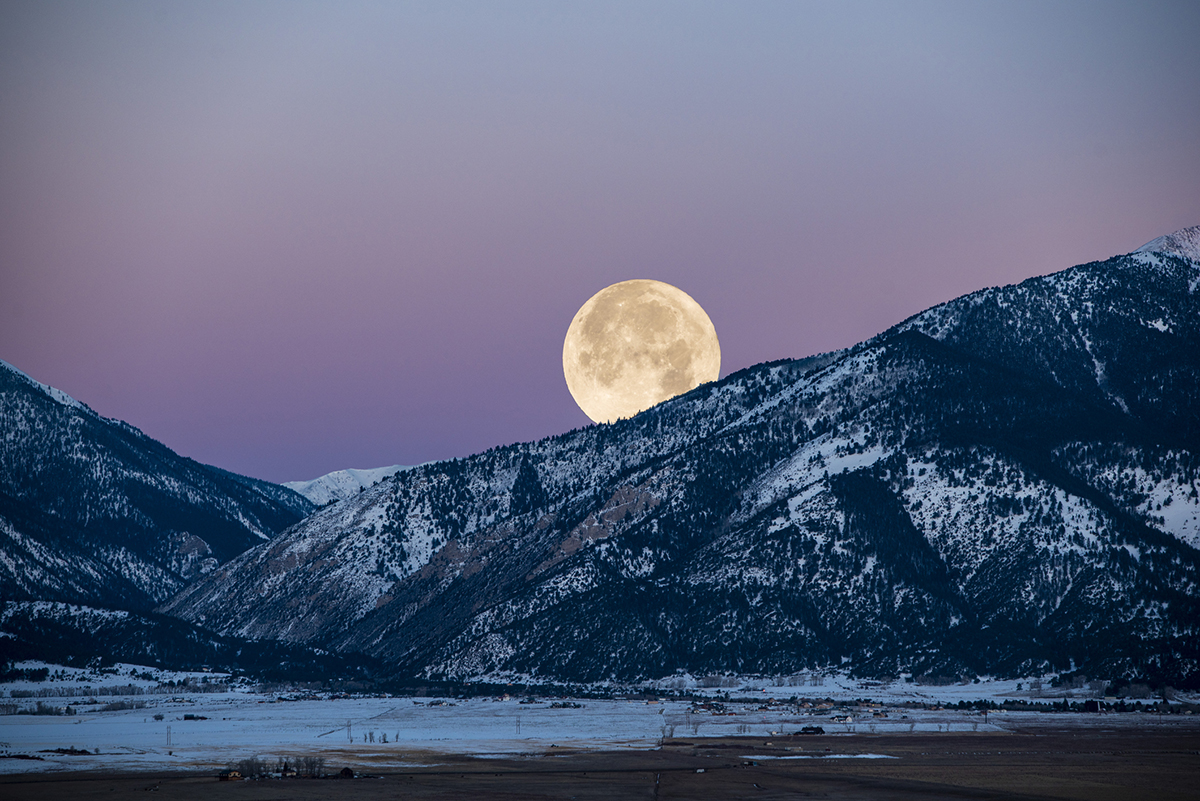
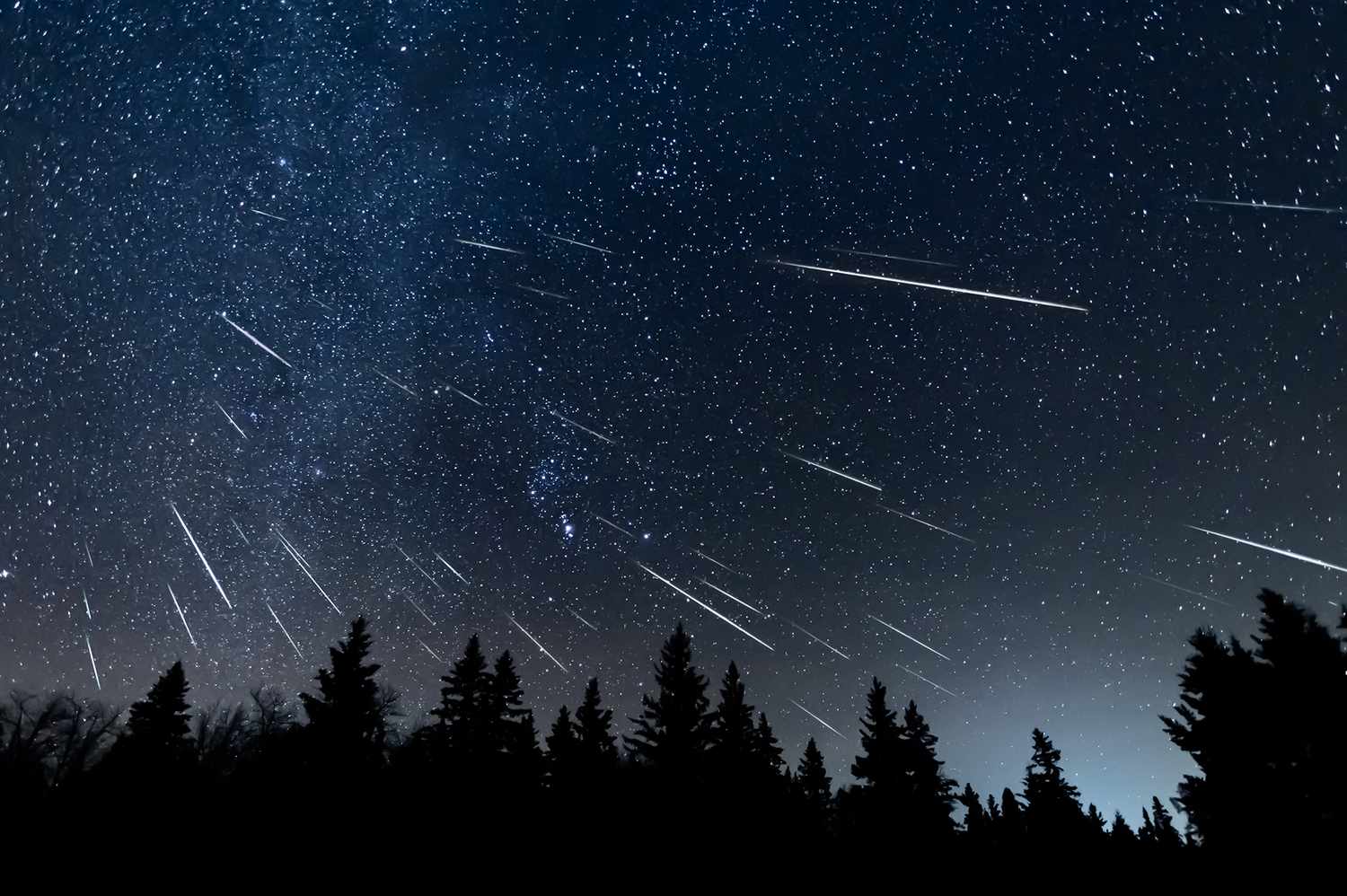
 Photographer Finds Locations Of 1960s Postcards To See How They Look Today, And The Difference Is Unbelievable
Photographer Finds Locations Of 1960s Postcards To See How They Look Today, And The Difference Is Unbelievable  Hij zet 3 IKEA kastjes tegen elkaar aan en maakt dit voor zijn vrouw…Wat een gaaf resultaat!!
Hij zet 3 IKEA kastjes tegen elkaar aan en maakt dit voor zijn vrouw…Wat een gaaf resultaat!!  Scientists Discover 512-Year-Old Shark, Which Would Be The Oldest Living Vertebrate On The Planet
Scientists Discover 512-Year-Old Shark, Which Would Be The Oldest Living Vertebrate On The Planet  Hus til salg er kun 22 kvadratmeter – men vent til du ser det indvendigt
Hus til salg er kun 22 kvadratmeter – men vent til du ser det indvendigt  Superknepet – så blir snuskiga ugnsformen som ny igen!
Superknepet – så blir snuskiga ugnsformen som ny igen!  Meteorite That Recently Fell in Somalia Turns Out to Contain Two Minerals Never Before Seen on Earth
Meteorite That Recently Fell in Somalia Turns Out to Contain Two Minerals Never Before Seen on Earth  Nearly Frozen Waves Captured On Camera By Nantucket Photographer
Nearly Frozen Waves Captured On Camera By Nantucket Photographer  It’s Official: Astronomers Have Discovered another Earth
It’s Official: Astronomers Have Discovered another Earth 